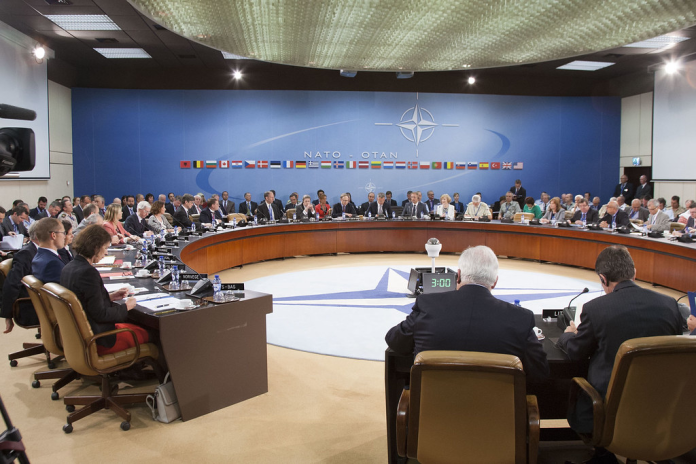
It started with radar screens illuminating above Arctic and Baltic skies NORAD trackers monitoring blips soon to become the newest flashpoints in NATO’s strained confrontation with Russia. Within weeks, Russian fighter aircraft and drones have pushed across allied airspace from Alaska to Estonia, eliciting swift military reaction and emergency political talks under NATO’s Article 4 provision.

1. NORAD’s Arctic Intercepts
Recently, on a Wednesday, NORAD scrambled four F-16s, escorted by KC-135 refueling tankers and an E-3 Sentry AWACS, to pick up two Russian Tu-95 bombers and two Su-35 fighters within the Alaskan Air Defense Identification Zone (ADIZ). Not sovereignty airspace but needing planes to identify themselves, the ADIZ stretches as far as 150 miles off Alaska’s coast. NORAD’s radar and warning system extending from long-range phased-array systems to over-the-horizon radars followed the Russian planes throughout their course. Although the planes were in international airspace, the incident was the first ADIZ entry in a month, after three in August, amidst U.S. military exercises in Alaska.

2. Poland’s Drone Shootdowns
On September 10, Poland announced it had destroyed several Russian drones after 19 breached its airspace, one of a group of up to 24 fired from four Russian locations. The plywood- and Styrofoam-made drones, which cost around €10,000 each, were Geran models tweaked copies of Iran’s Shahed loitering munitions. Some of the flight patterns suggested intentional targeting of Rzeszów-Jasionka Airport, a NATO logistics center. Polish F-16s, Dutch F-35s, German Patriot batteries, and Italian AWACS planes comprised a layered defense under NATO’s Operation Eastern Sentry.
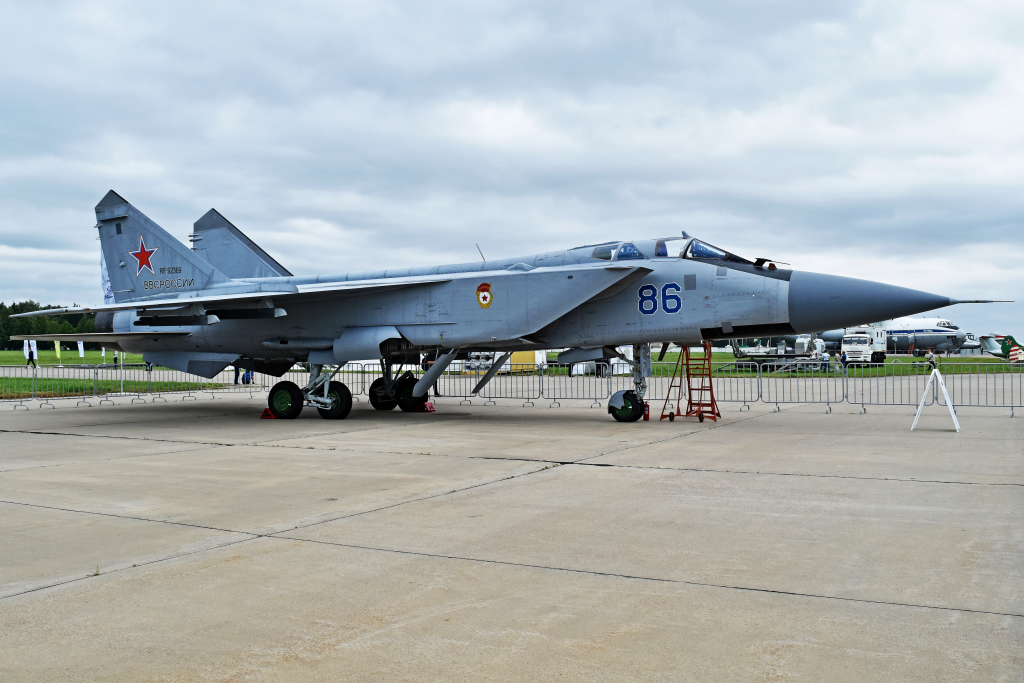
3. Estonia’s MiG-31 Incursion
Estonia’s airspace incursion followed several days later, when three Russian MiG-31s flew in over the Gulf of Finland for 12 minutes with no flight plans, transponders, or radio communication. Italian F-35s intercepted and escorted them away. Estonia invoked Article 4, its fifth breach this year, emphasizing the Baltic weakness. Russia said the jets had crossed over neutral waters, but Estonian officials compared the path to a “boiling frog” tactic gradual provocation aimed at not triggering a full military response but chipping away at NATO’s deterrence.

4. NATO’s Article 4 Consultations
Article 4, invoked only nine times since 1949, necessitates emergency consultations when a member perceives danger. Poland and Estonia’s simultaneous invocations ignited controversy in NATO. Some politicians, such as Secretary General Mark Rutte, cautioned against frequent invocation that would weaken its effect. Others, such as Lithuanian MP Giedrimas Jeglinskas, believed deterrence necessitates the willingness to incur costs, including kinetic action on offending aircraft.
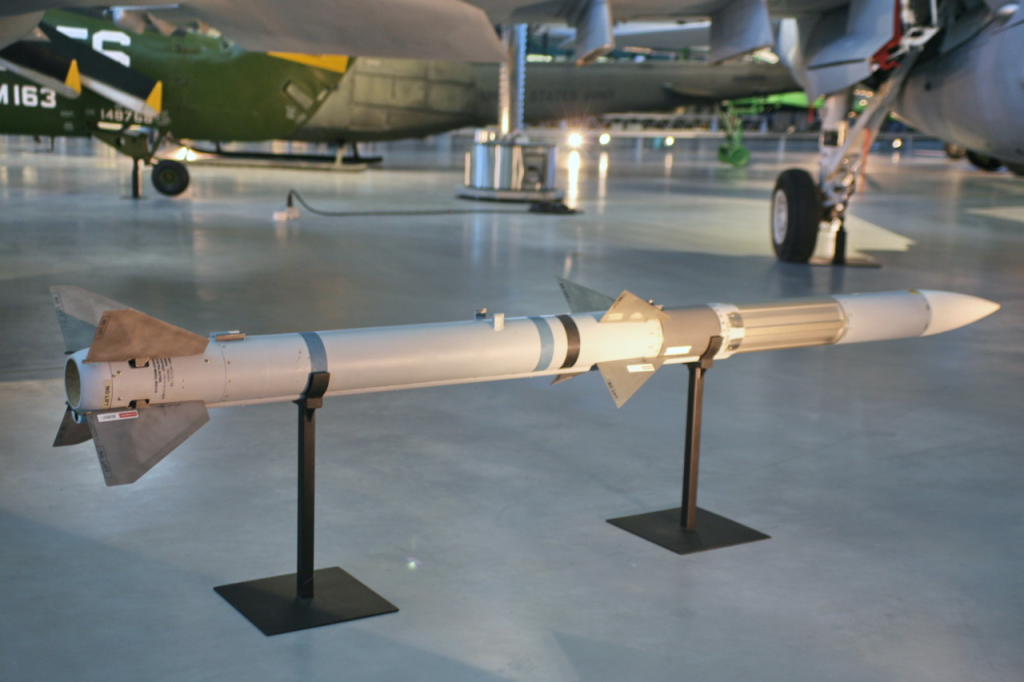
5. The Technical Mismatch in Air Defense
The incidents point to an expensive mismatch: sending multi-million-dollar fighters and air-to-air missiles against drones that cost mere fractions of the expense. Polish officials are investigating if an AIM-120 AMRAAM shot at a drone could have strayed off target, causing damage in the homeland. NATO leaders called for a 400% expansion of air and missile defense capabilities and are considering low-cost solutions such as high-energy laser systems such as Apollo and air-to-air versions of the laser-guided Advanced Precision Kill Weapon System for Typhoons.

6. The Drone Threat as Hybrid Warfare
Experts like James Rogers characterized drones as “the perfect gray-zone weapon” inexpensive, small, deniable, and hard to counter. Russia employs drones for several purposes: testing defenses, surveying NATO reactions, intimidating bordering states, and compelling costly intercepts. The low radar cross-section and slow speed of Geran drones complicate traditional radar optimized for quicker, larger aircraft, requiring close-range sensors and electronic warfare countermeasures.
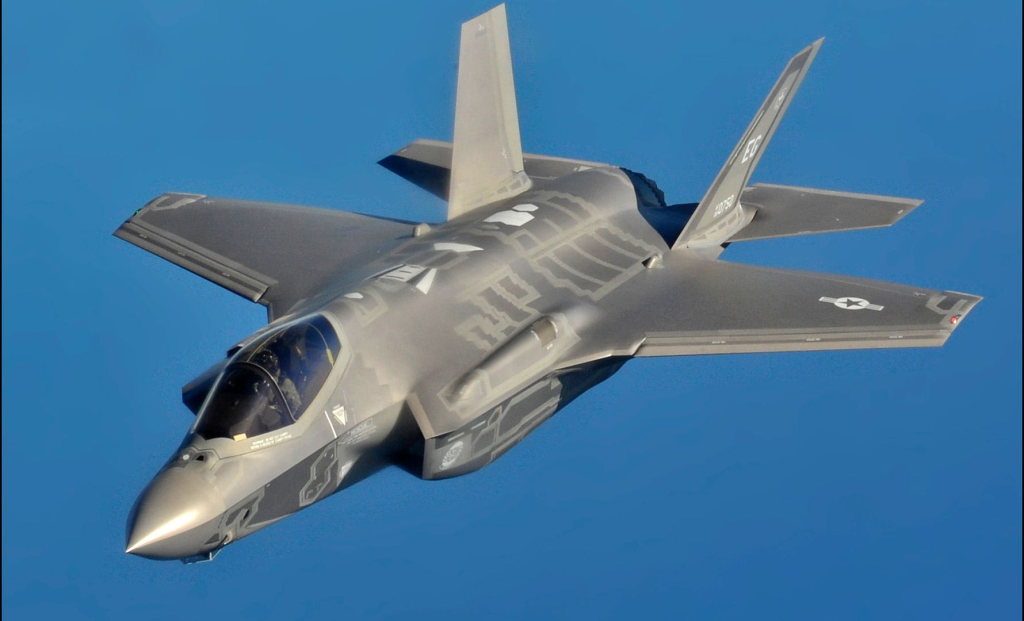
7. Eastern Sentry’s Expanded Mandate
Introduced in response to the Polish invasion, Eastern Sentry extends NATO air policing to full-spectrum air defense. It allows for quick concentration of capabilities like transferring a battlegroup from Latvia to Estonia to address threats at the point of demand. Denmark will provide an anti-aircraft frigate and extra F-35s. The change mirrors NATO’s understanding that protecting airspace today involves integrating ground-based radar, missile batteries, and airborne platforms into a coordinated network.
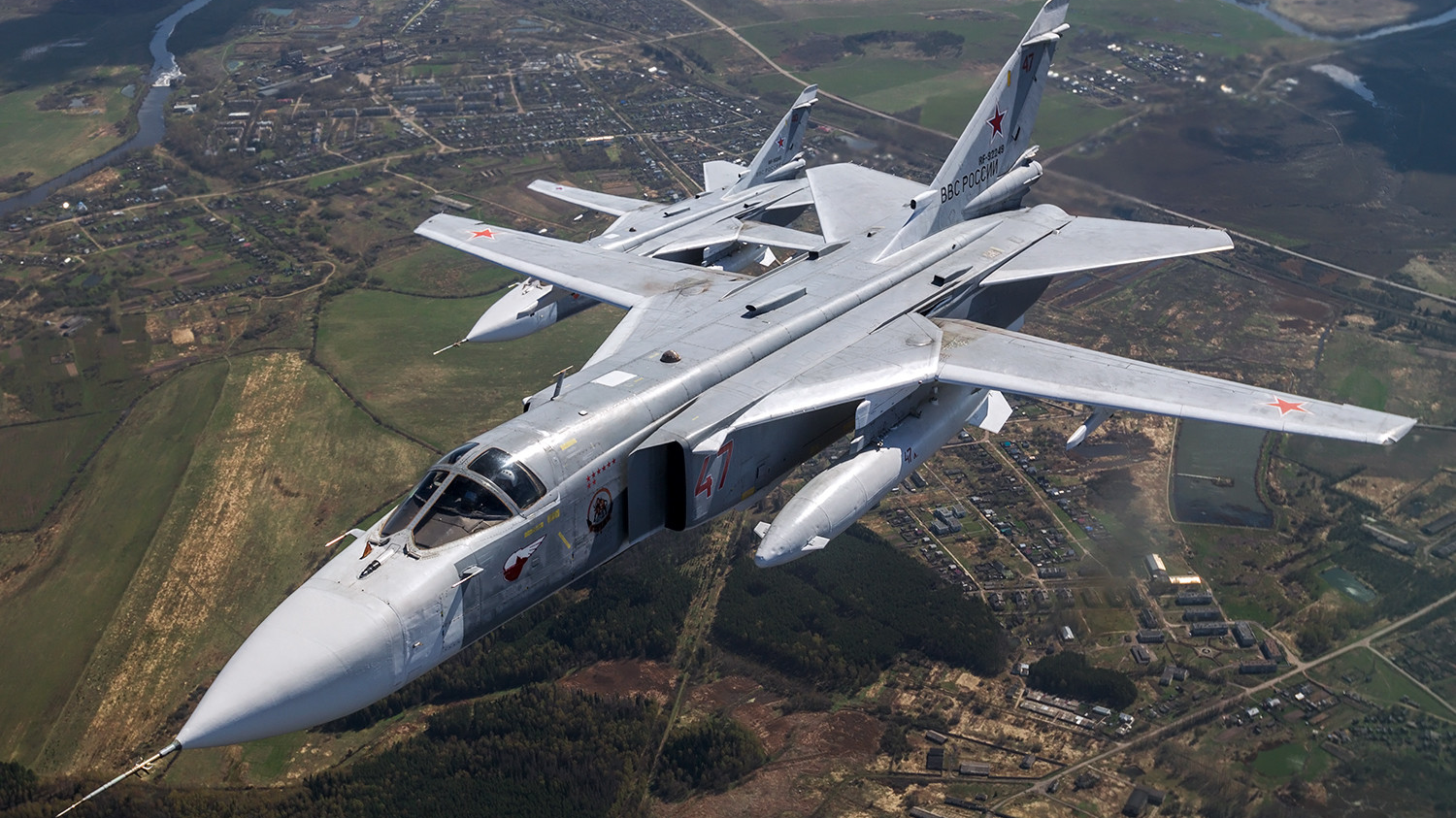
8. Political Indicators and Strategic Risks
President Donald Trump’s recent promise to have NATO countries “shoot down any Russian plane that enters their airspace” is a stark contrast to previous assurances that such an incident “could have been a mistake.” Six European countries have since lifted the ban on peacetime shootdowns of illegal drones. But the precedent of Turkey’s 2015 shooting down of a Russian Su-24 serves as a reminder of the speed at which incidents across the border are liable to spiral out of control.

9. Russia’s Escalation Playbook
Apart from drones and aircraft, the Russian toolbox for unconventional warfare comprises GPS jamming, cyberattacks, and interference with air and sea traffic. Every probing action pushes NATO’s commitment without reaching the Article 5 threshold for collective defense. Experts warn that constant low-cost intrusions might put alliance resources and solidarity under strain, particularly if the number of U.S. troops in Europe are reduced in response to changing strategic priorities.
As radar operators, pilots, and defense ministers confer across continents, the political and technical aspects of NATO’s airspace defense are merging. Every interception, be it over frozen Arctic oceans or the Baltic littoral, is now part of a global competition one in which the speed of detection, the expense of response, and the simplicity of political will may determine whether the next blip on the radar is that only.
